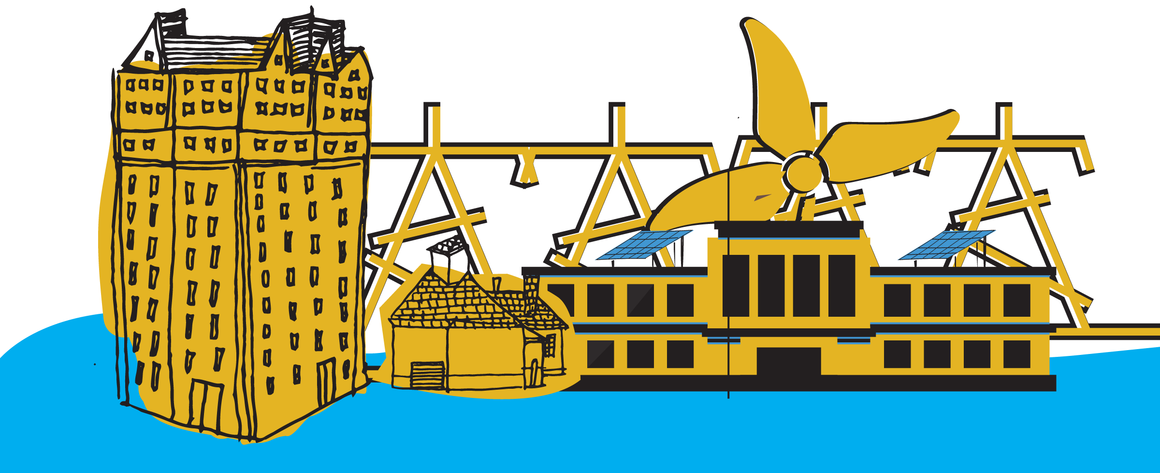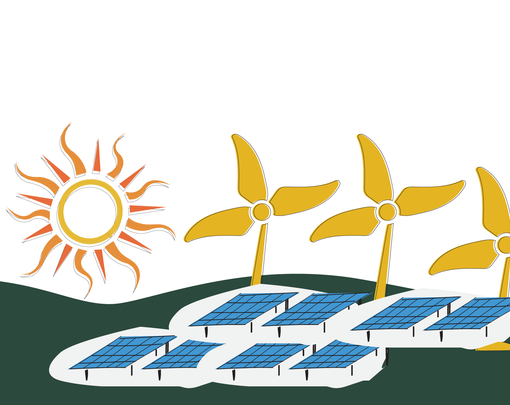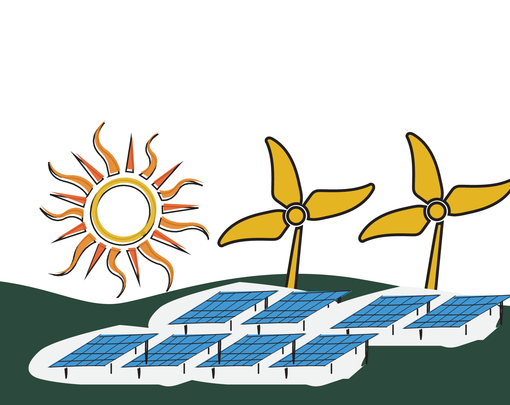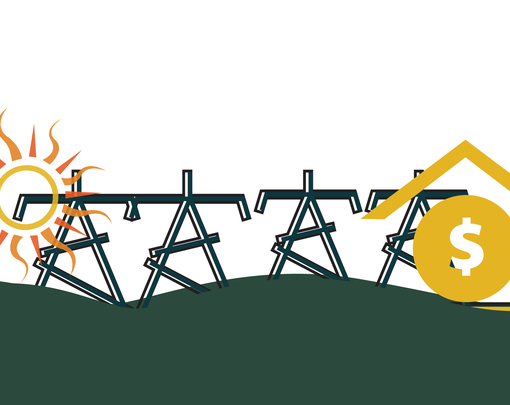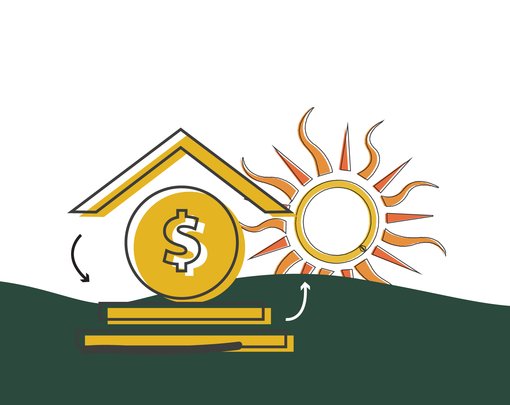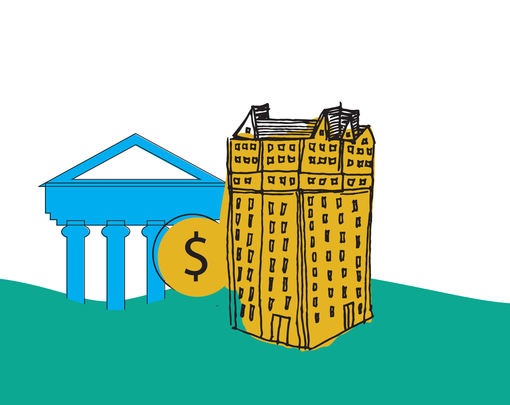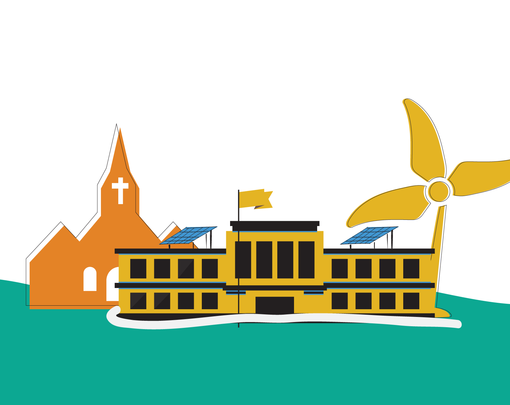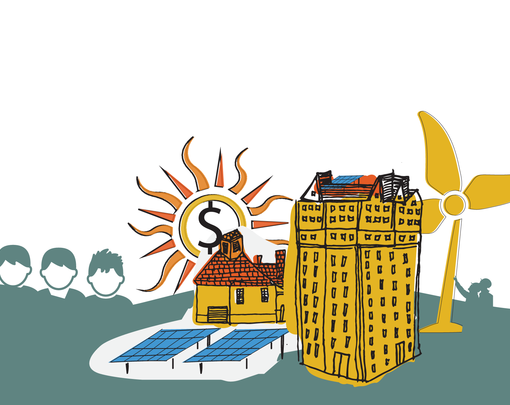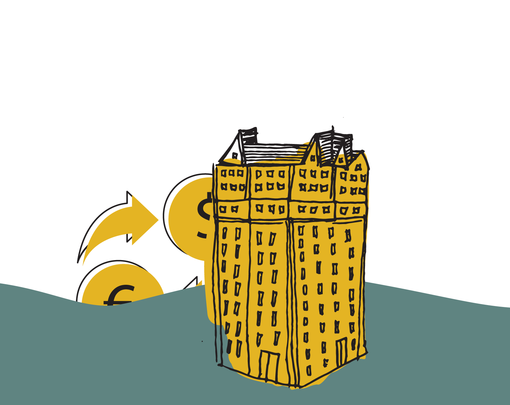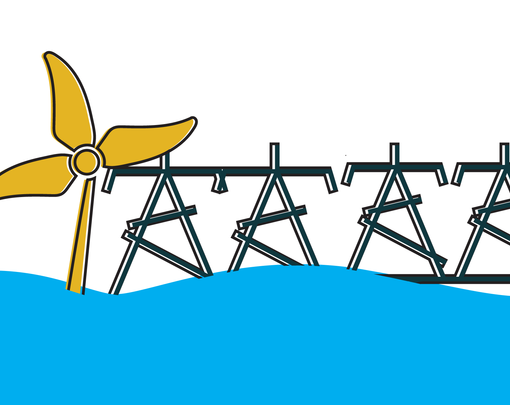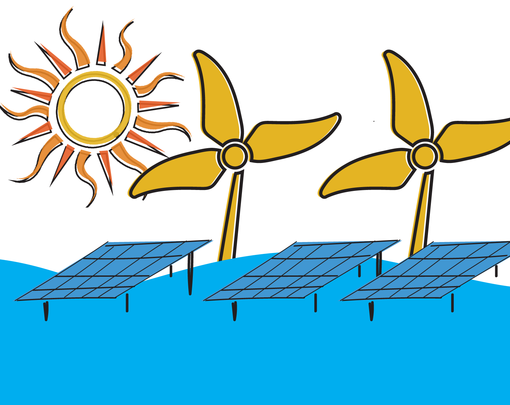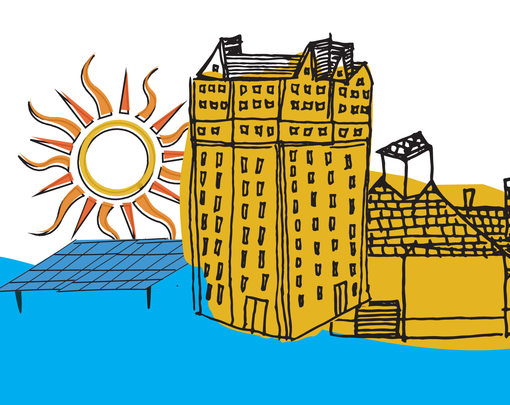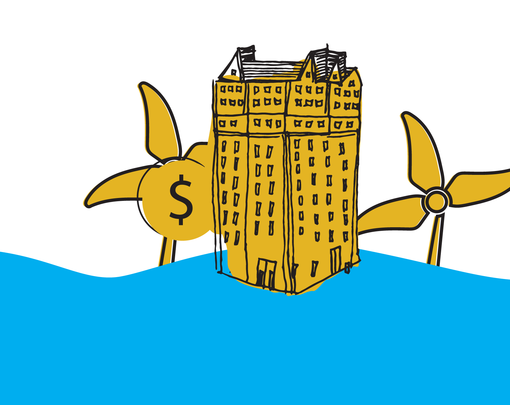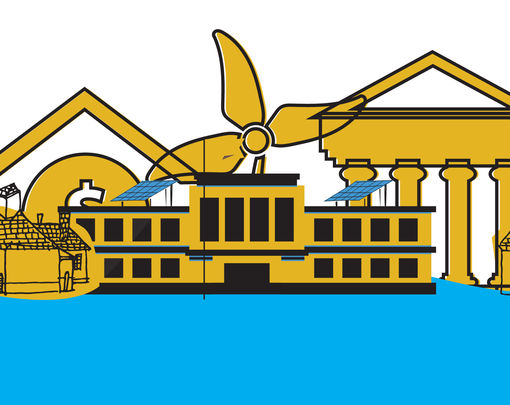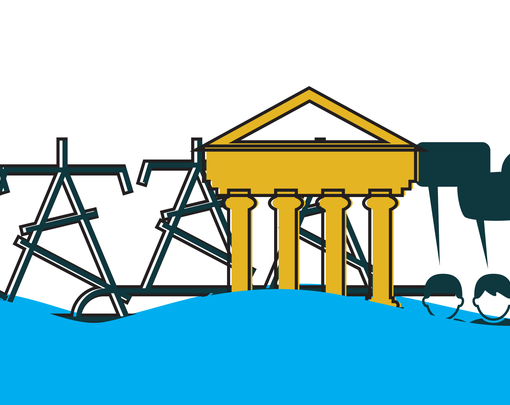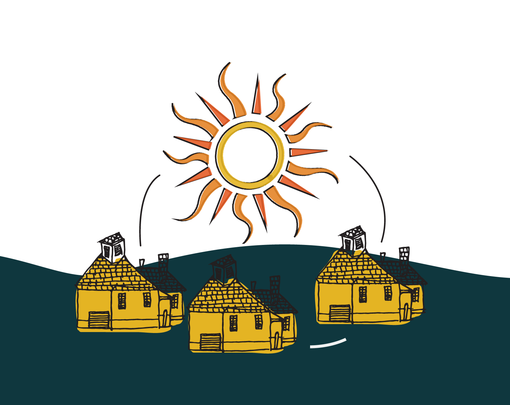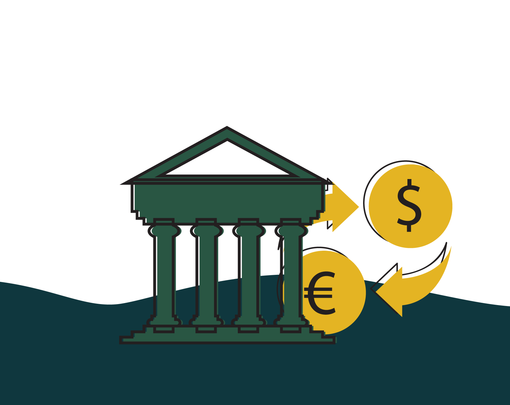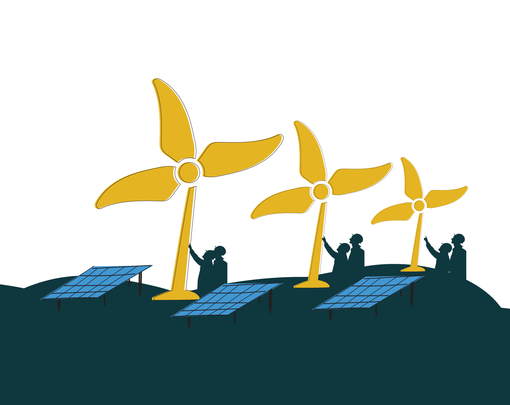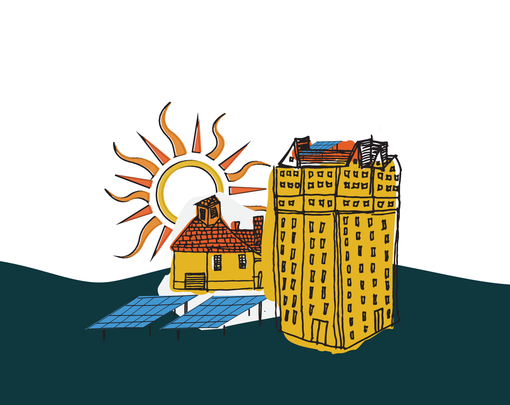A “microgrid” is a set of power generation, storage, and transmission facilities that can connect and disconnect from the larger grid, creating a more resilient energy system and one in which local control can be exercised over the entire circuit of energy creation, purchasing, sale, and utilization.
Policy Support:
State legislation recognizing microgrids and clarifying the rules of interconnection and coordination with the larger electrical system; funding for design and technical assistance.
Build Capacity?
It depends on who the microgrid is built for. A campus microgrid designed to provide resilient, uninterrupted, green power to a university or hospital, while useful, may not, whereas a microgrid implemented to create energy sovereignty and community control in a low-income neighborhood certainly will.
Risk & Drawbacks?
Incredibly uncertain regulatory environment, lack of available funding, severe possibility of pushback from centralized utilities.
Inspiring Examples:
Vermont’s Stafford Hill Solar Farm is a completely solar & battery powered microgrid which provides resilient green energy to the city of Rutland while generating revenue from cost savings and sales of excess energy. The Hunters Point Community Microgrid in San Francisco aims to create both resilient green energy and green jobs in low-income neighborhood.
